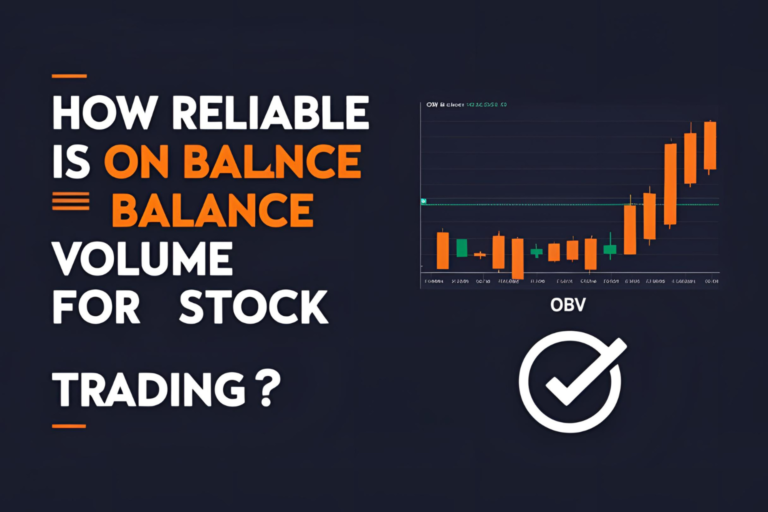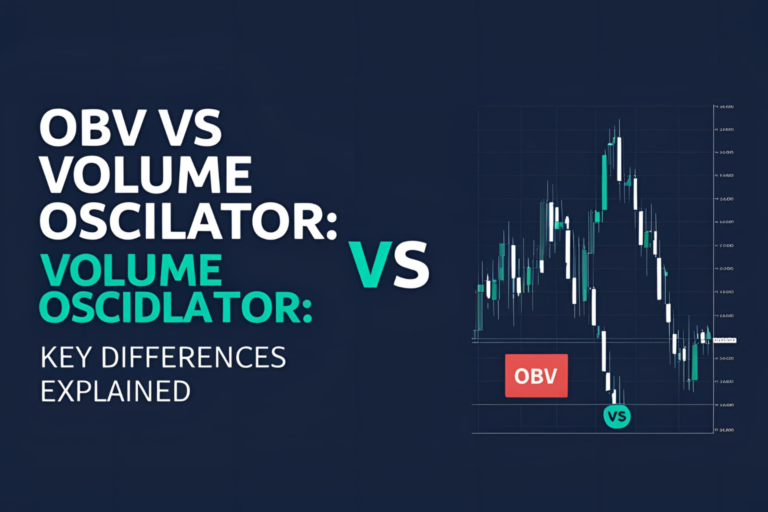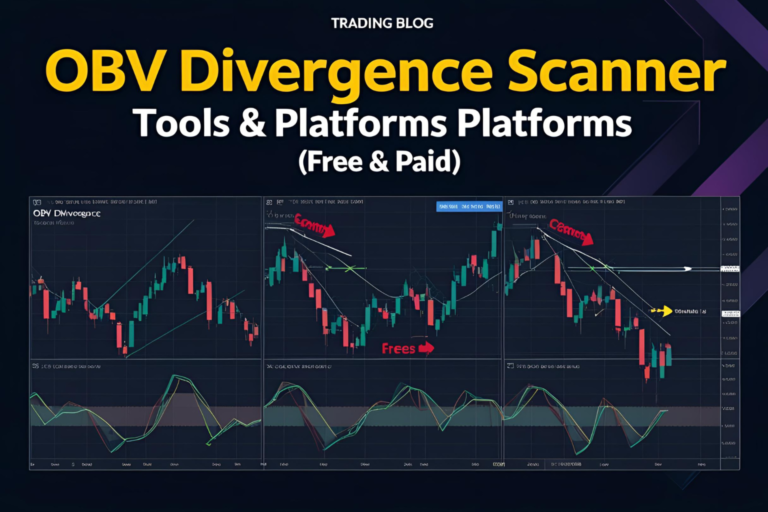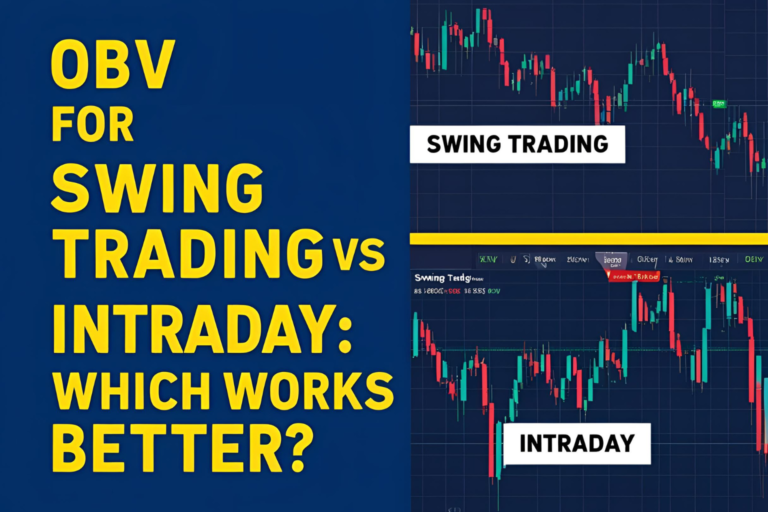OBV vs Accumulation/Distribution: Which One to Use?
When it comes to volume-based indicators, On Balance Volume (OBV) and Accumulation/Distribution (A/D) are two of the most widely used. But which one should you trust more for your trading?
This post explores the key differences between OBV vs Accumulation/Distribution, how each works, and when to use them for better trade decisions.
✅ Quick Summary
| Feature | OBV | Accumulation/Distribution (A/D) |
|---|---|---|
| Volume Basis | Closing price vs previous close | Close position within day’s range |
| Focus | Trend strength via volume flow | Accumulation or distribution in candle |
| Calculation | Adds/subtracts entire volume | Weighs volume based on price position |
| Best For | Trend confirmation, divergence | Short-term pressure analysis |
| Simplicity | Very simple | Slightly more complex |
✅ How OBV Works (Recap)
- Adds volume when price closes higher
- Subtracts volume when price closes lower
- Ignores intraday range or open-high-low-close position
Used to spot volume-backed moves and divergences in trends.
✅ How Accumulation/Distribution Works
- Weighs volume by where price closed within the range
- If price closes near the high → more accumulation
- If price closes near the low → more distribution
- Uses the Chaikin A/D formula (also used in Chaikin Oscillator)
Great for spotting whether institutions are quietly buying/selling.
✅ Key Differences: OBV vs A/D
- Sensitivity to Intraday Range
- OBV ignores high/low of the day
- A/D uses candle structure, more granular
- Signal Smoothing
- OBV tends to produce clearer trends
- A/D can be choppier in sideways markets
- Interpretation
- OBV is better for trend continuation/divergence
- A/D is better for short-term strength/weakness
✅ Which One Should You Use?
Use OBV if you want:
- Trend-following signals
- Clean divergence setups
- Simpler interpretation
Use A/D if you want:
- Candle-based volume detail
- Micro-level accumulation detection
- Deeper insight during consolidation phases
For best results, some traders use both together:
- OBV for broader volume trend
- A/D for short-term shifts inside candles
✅ Real-World Example
- Stock A is moving up steadily
- OBV is rising = confirmation of trend
- But A/D is flat = price may be rising without strong accumulation
- This suggests caution or possible short-term exhaustion
✅ Final Thoughts
In the OBV vs Accumulation/Distribution debate, the right choice depends on your timeframe and strategy. If you’re trend trading or looking for divergence signals, OBV may be the better fit. If you’re scalping or analyzing short-term accumulation, A/D could give more insight.
Experiment with both and choose based on clarity, consistency, and trading style.
✅ FAQs
1. Can I use OBV and A/D together?
Yes. Use OBV for trend direction and A/D for short-term pressure shifts.
2. Which works better for intraday trading?
A/D, as it factors in the full candle range.
3. Is OBV easier to understand?
Yes. OBV has a simple logic and is great for beginners.
4. Are both indicators available on TradingView?
Yes. Both are built-in indicators on TradingView, MT4, and other platforms.
5. Which gives fewer false signals?
OBV, as it’s smoother and less sensitive to intraday noise.






